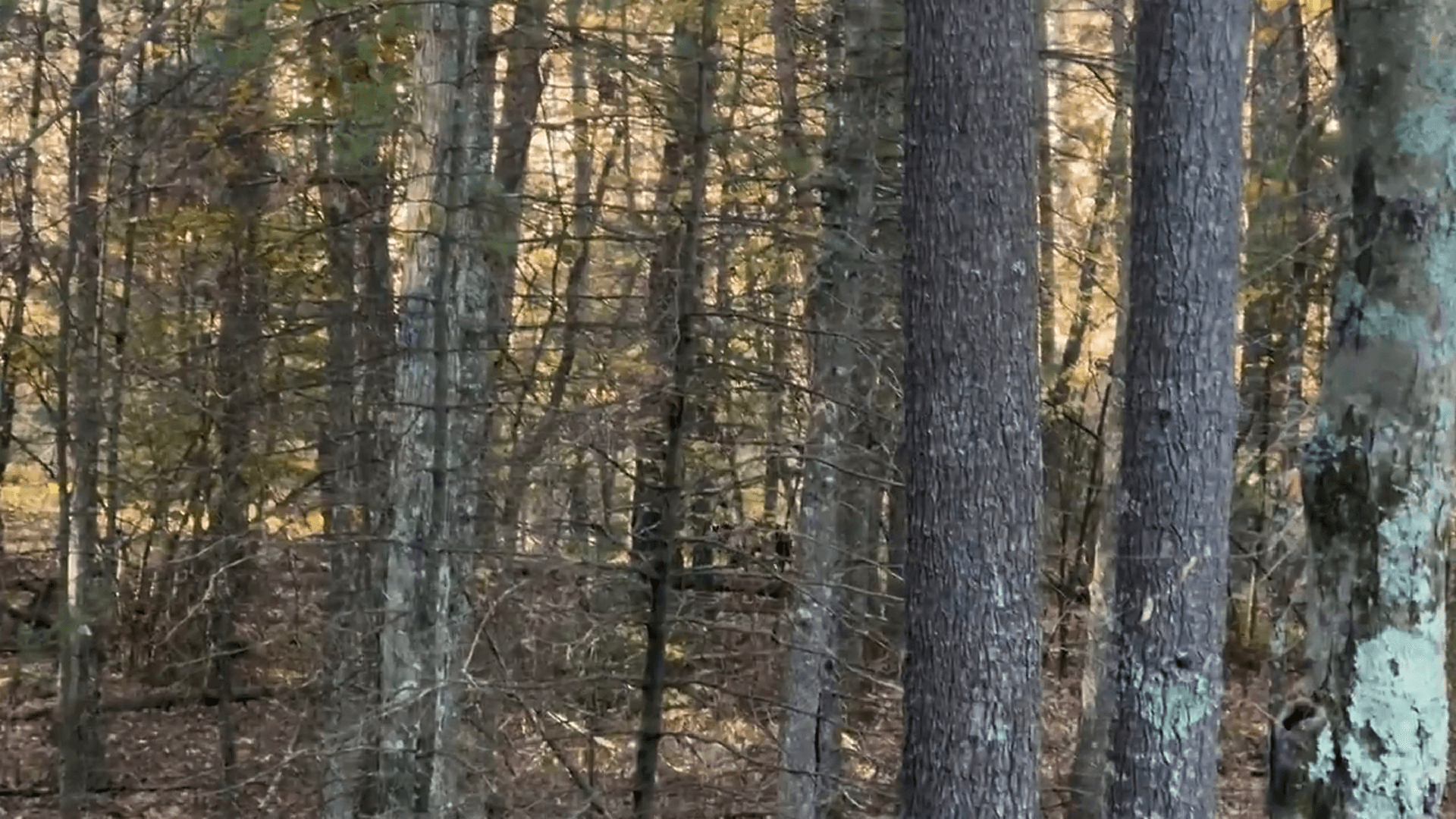
Gabon Forest Hunting: The Ultimate Guide to a Hunter's Paradise Gabon, a Central African nation covered in dense rainforest, presents a unique and challenging hunting experience. Unlike the savanna hunts of East Africa, Gabon demands different skills and strategies. This guide provides essential information for hunters considering Gabon as their next destination. Game Species in Gabon's Forests: Gabon's forests are home to a variety of elusive game species. Here's a rundown of the most sought-after targets: Sitatunga: A semi-aquatic antelope perfectly adapted to swampy forests. Primarily hunted around lagoons and waterways. Forest Buffalo (Dwarf Buffalo): Smaller and darker than its savanna cousin. Known for being aggressive and challenging to hunt. Red River Hog: A colorful and striking wild pig. Often hunted near agricultural areas bordering the forest. Various Duiker Species: Several duiker species inhabit the forests of Gabon, including the Peters' duiker, black-fronted duik
Post: 2 March 19:17
















































